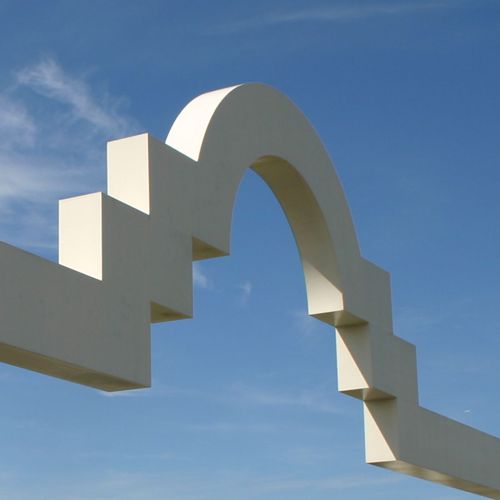In My Opinion: Lori Scott Venter
In My Opinion: Lori Scott Venter

Tradition is defined as cultural continuity in social attitudes and the handing down of information from one generation to another by word of mouth or example. The importance of this concept is that tradition is often unwritten. A feeling or attitude that is sometimes indefinable. A heritage which descends by birthright or legacy. This is true of the feeling of heritage in Pleasanton. A town whose very being struggles with a conflict between tradition and progress.
To develop to maturity based on tradition is the ideal. Growth is not necessarily contradictory to maintaining the heritage of a community.
Downtown Pleasanton is a place full of tradition. Its success, however, is dependent upon combining its tradition with positive changes. There are many good examples of such a combination. Amador Valley Savings and Loan, which created a traditional looking structure from a nondescript post war stucco, is a change that returned some of Pleasanton heritage to the central part of Main Street.
Another example is the facade created by Nothing New Antiques, an unattractive building needing only paint and awnings to create a feeling of continuity with the past.
There are other ways in which a community can maintain its' culture and heritage. In 1979, A.B. 1693 was written to assist downtown businesses whose retail sales were declining or whose parking and beautification attempts had failed for lack of funding. Many California cities took advantage of an opportunity to organize themselves and promote either an existing image or create a new one.
Retail stores began to sponsor cultural events in the town square; restaurants and eateries extended their hours; and business began to improve. Professional offices and services noticed more foot traffic and the Downtown area began to grow.
This may sound like an oversimplified solution to an often serious problem. And in reality much time and energy is spent forming a successful Business Improvement District. But is has been proven in California city after city that the joint efforts of a small downtown community can produce tremendously successful results.
Success, however, is dependent on several things. Providing an authentically pleasing environment, meeting the public retail and service needs, and acquiring community support are but a few. In areas such as Chico and Palo Alto, improvement districts not only depend on their allotted revenue but are also supported by contributions and volunteer labor. Senior citizens and civic groups have donated many hours building, planning and assisting with cultural events that bring people downtown.
Pleasanton is fortunate to have many parades and street fairs which presently encourage community participation. But additional events, such as Concerts-In-The-Park and Father-Of-The-Year awards provide even more reason to maintain the pleasing, homey downtown atmosphere.
Twenty years ago, this town had only 9,000 people. Today, it is almost 4 times that size, but the friendly, courteous atmosphere of a quaint little downtown still remains. Most of that is due to our willingness to maintain tradition. To hand down, from generation to generation, our heritage and legacy. To pay tribute to those friends and loved ones who were daring enough to inhabit and build and develop and grow in this little town.
That sense of tradition must be maintained. We can grow and develop into full maturity with new business parks, beautiful homes, and multi-unit dwellings. But downtown Pleasanton will continue to stress the heritage and tradition set forth by our forefathers, and A.B. 1693 will provide the unity, the financing and spirit to do so.
To see a reproduction of the original article and edition of Pleasanton Pathways, visit: December 10, 1983 Pathways.




